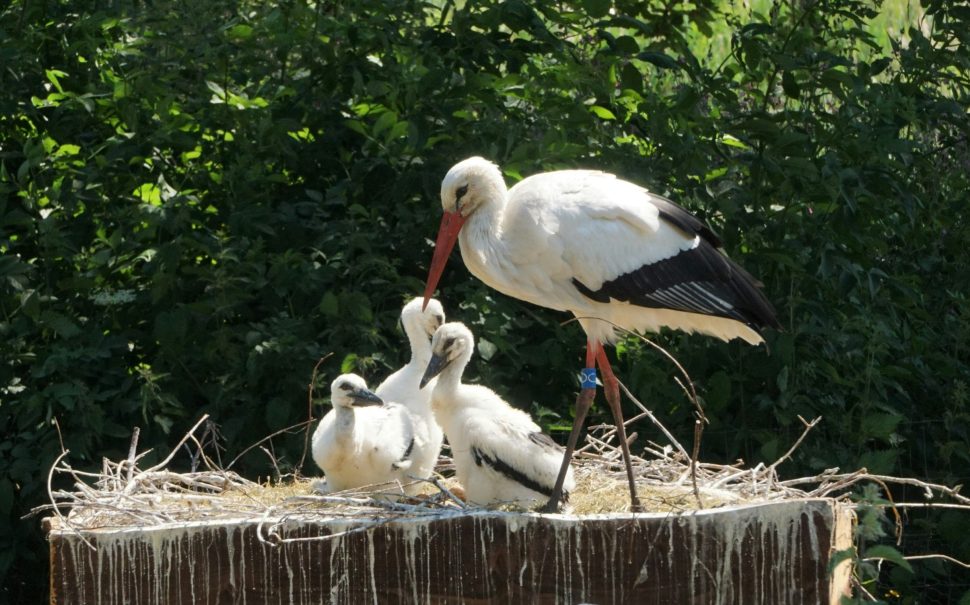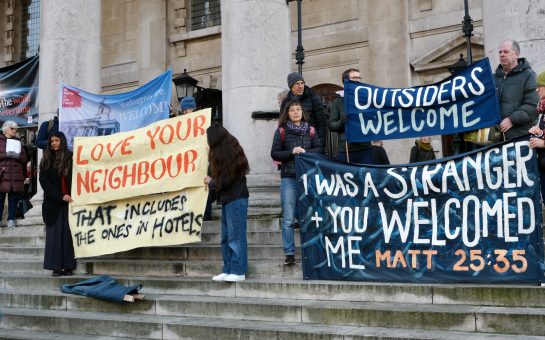A collaborative project between urban regeneration schemes, a university, and wildlife trusts will be taking place across London this summer to work towards the introduction of the white stork to the capital.
Britain lost its native population of these migratory birds in the 15th Century due to a combination of hunting, habitat loss, and persecution.
Rachel White, Principal Lecturer in Ecology and Conservation at The University of Brighton, is working with Citizen Zoo – an urban rewilding project – and Greenspace Information for Greater London (GiGL) in order to bring the emblematic bird back to the city.
Elliot Newton, Co‑founder and Head of Rewilding at Citizen Zoo, said: “White storks have the power to spark real excitement.
“We want to see London lead the world in welcoming nature and championing nature-based solutions to climate change.
“Storks could become a talismanic species for the capital, inspiring millions of Londoners to rethink how much nature our city can hold and to reimagine their own connection to the wild.”
Since 2016, over 250 white storks have been released at sites in the south of England as part of a reintroduction effort led by the White Stork Project.
Successful breeding of wild white storks has occurred since 2020 at the Knepp Estate in West Sussex.
According to GiGL in recent years there has been an increase in the number of white stork sightings in London: between 2016 and 2023, there were 472 recorded sightings in Greater London, compared to just 27 between 1972 and 2016.
Part of the study they are putting together to consider the reintroduction of the white stork will include a survey designed to explore public awareness, knowledge, and attitudes towards the white stork.
The survey is called ‘Thoughts on Storks’ and will be open to anyone over 18 who lives in, or regularly visits, London.
It will run until the end of the summer and will work to gauge the general population’s knowledge of the bird itself – its habits, living situations, what the bird means to Londoners – if anything at all – and finally, what survey taker’s relationship with nature is like.
White said: “This is a really valuable opportunity for residents and frequent visitors of London to express their views on the species, as well as recent efforts to assess its potential to live and breed within Greater London.”
Featured image credit: Photo by Nancy Hughes on Unsplash





